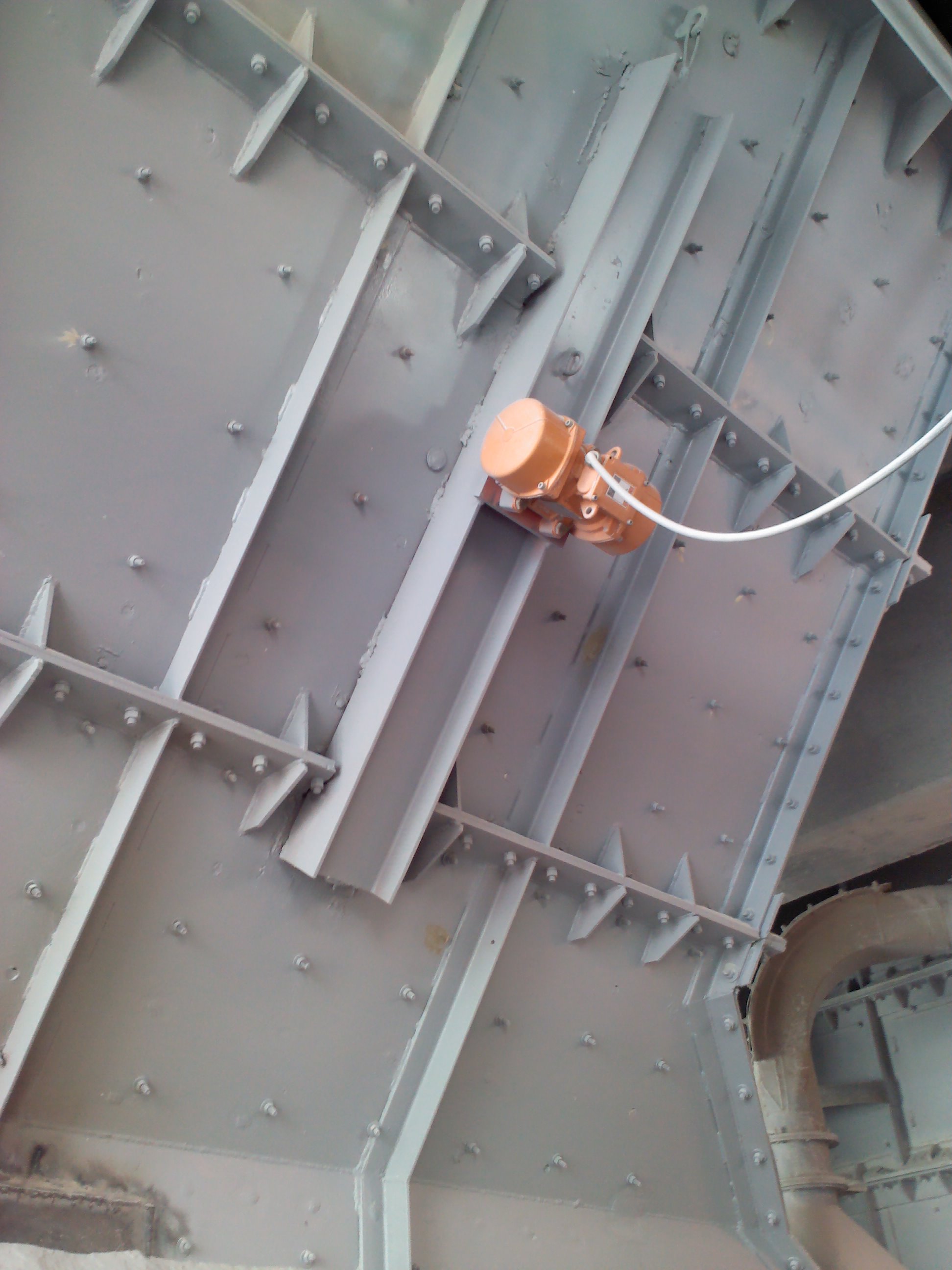Company Insight
Sponsored by Martin Engineering
Hoppers can be just like sauce bottles…
Standfirst
Imagine you are at your favorite restaurant and you reach for the sauce but it doesn't work. The sauce flow is clogged due to accumulation of condiment.
Your first attempt is to shake the bottle so that the residual sauce can be released, but after a few failed attempts, only one viable alternative remains: unclog it by using force, which means, both hands.
Now, if dislodging sauce trapped in a bottle can already become a somewhat stressful challenge, imagine now, unclogging a chute or silo meters high. How many manual shakes will it take? And, is it really functional?
Martin’s almost 80-year experience tells us otherwise.
Please do not hammer your hopper (or your sauce bottle)
The age-old solution for breaking loose blockages and removing accumulations from chutes and storage vessels was to pound the outside of the walls with a hammer or other heavy object. However, the more the walls are pounded, the worse the situation becomes, since the bumps and ridges left in the wall from the hammer strikes form ledges that start additional material accumulations.

Having lived with these storage flow problems for decades, new techniques were developed to reduce these occurrences and address storage flow problems before a blockage occurs. One safe and efficient solution was the first ever sold solution by Martin Engineering: the industrial vibrator, invented by Edwin F. Peterson in 1944.
Since then, Martin Engineering has manufactured vibrators to prevent bin and hopper flow problems as well as rotary electric vibratory drives for industrial processing equipment.

MMX Series Vibrator (Electric Vibrator)
The application of vibratory drives to processing equipment has found acceptance throughout industries world wide, primarily in increasing production throughput and reducing operational costs.
The most typical applications include conveying or feeding, screening, draining, dewatering, product sizing, compaction, testing of components, as well as bin, hopper and chute evacuation.
How do our Industrial Vibrators work?
Using the power of applied vibration, Martin Engineering Vibration Technologies energize material, reducing friction against container walls as well as internal particle-to-particle cohesion.
As a matter of fact, Vibrators perform the same function as thumping on the outside of a bottle of sauce: they reduce the cohesion between the material particles and the adhesion between the particles and the wall to increase the flow of material out of the bottom.
The relationship between the bulk material and the frequency of vibration best suited to stimulate that material is proportional to particle size. As a general rule, the smaller the particle, the better it responds to higher vibration frequencies. The relationship between amplitude of vibration and the bulk material is based on cohesive and adhesive forces.
As the particle size increases, the amplitude required to cause the bulk material to move increases. Particles that are fine and free flowing (low cohesive) tend to respond well to small amplitudes of vibration; free-flowing particles that are larger respond better to larger amplitudes.
Particles that are sticky tend to build up in solid masses that respond well to low-frequency high-amplitude vibration. Generally, the direction of the rotation or the stroke of the vibrator’s mass should be in the direction of desired flow of the material.
With properly sized and applied vibration, the material moves more freely, feeds more effectively, sorts more consistently, compacts more efficiently and handles more easily.
So, if your sauce bottle is stuck, remember to shake it good or, maybe, give Martin a call.
Contact information
Martin Engineering Australia
www.martin-eng.com.au
mea@martin-eng.com
1300 627 364